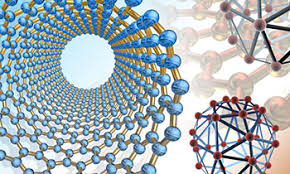Mechanical and Materials Engineering, Department of

Department of Mechanical and Materials Engineering: Faculty Publications
Document Type
Article
Date of this Version
2016
Citation
Adv. Sci. 2016, 3, 1500301
Abstract
Methylammonium lead trihalide perovskite (MAPbX3, where MA is methylammonium, and X is a halide)-based solar cells have been intensively investigated recently, with the demonstrated certified solar power conversion efficiency (PCE) exceeding 20%. To further boost the PCE to beyond the Schockley–Queisser limit, tandem structured solar cells have been investigated based on integrating MAPbX3 and low bandgap solar cells. However, the efficiency of the two-terminal integrated perovskite-silicon tandem cells is still low. The best reported efficiency of 13.7% for this type of tandem cells is far smaller than the individual cells yet, partially due to the limited performance of the mixed-halide perovskite MAPbBrxI 3– x solar cell employed in this structure. The mixed-halide perovskite MAPbBrx I3– x is still one of the most promising candidates as the wide-bandgap light absorber for the tandem application to match the bandgap of silicon, considering its continuously tunable bandgap from 1.6 eV to 2.3 eV with different bromide incorporation ratio. However, the application of MAPb-Brx I3– x based solar cells has been reported to confront with one big challenge of intrinsic light instability. The MAPbBrx I3– x materials on mesoporous scaffold were shown to be unstable under illumination with a photo-excited phase-separation into two phases, one iodine-rich phase and one iodine-poor phase. The lower bandgap phase thus acts as the charge traps, which was hypothesized to be responsible to the severely reduced device open circuit voltage and device PCE for the mixed-halide perovskite devices.
Included in
Mechanics of Materials Commons, Nanoscience and Nanotechnology Commons, Other Engineering Science and Materials Commons, Other Mechanical Engineering Commons


Comments
Copyright 2015 The Authors. This is an open access article under the terms of the Creative Commons Attribution License